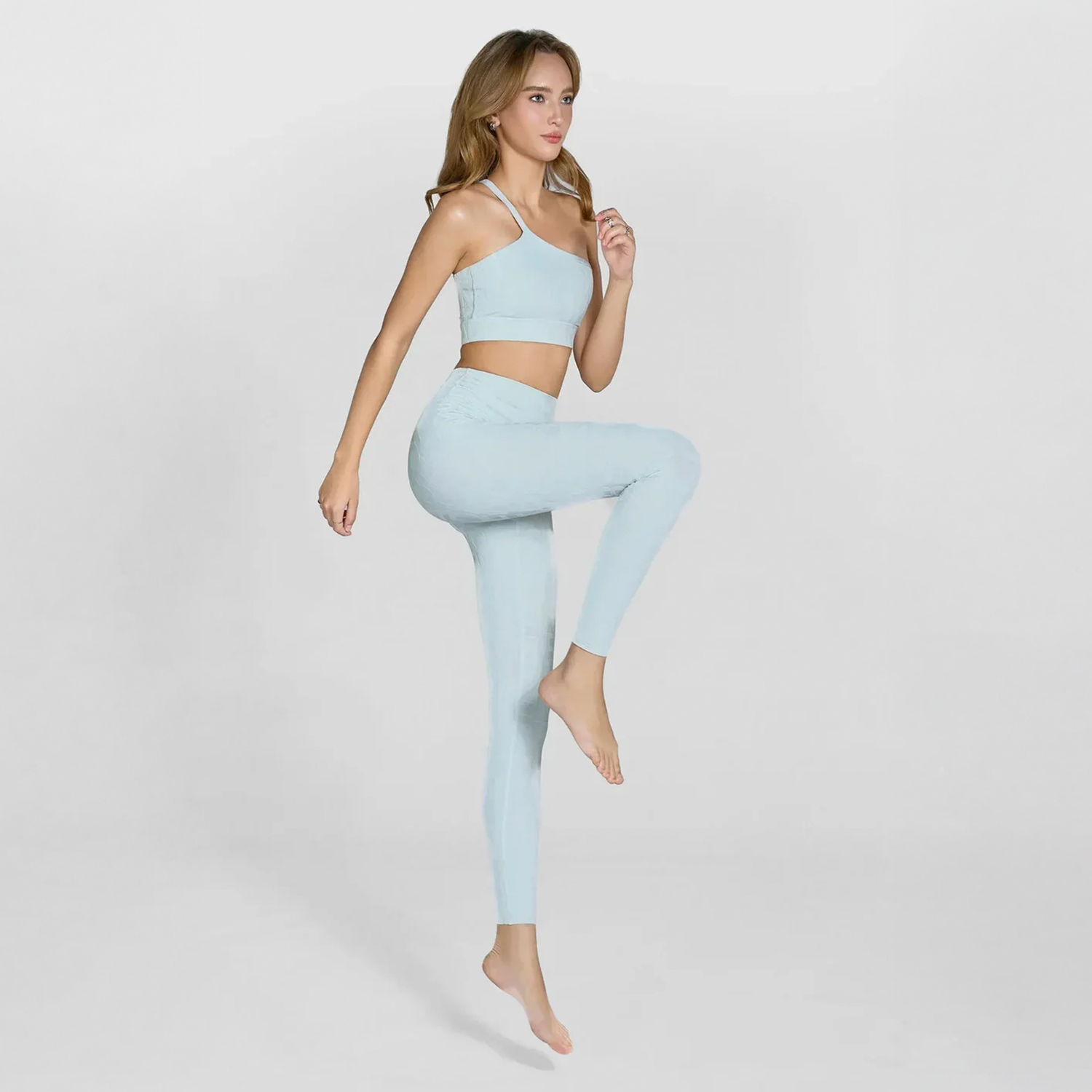Yoga is not just movement, it’s awareness in motion. Among the many styles of yoga, Iyengar Yoga stands out for its deep focus on precision, alignment, and mindful practice. Developed by B.K.S. Iyengar, this method blends discipline, creativity, and accessibility, making yoga approachable for every body type and skill level.
In this article, Olaben will explore what Iyengar Yoga is, its core principles, benefits, and how it continues to transform lives around the world.
What Is Iyengar Yoga?
Iyengar Yoga is a classical form of yoga that emphasizes alignment, precision, and the use of props. Founded by B.K.S. Iyengar over 75 years ago, it draws upon the ancient teachings of the Yoga Sutras of Patanjali emphasizing not only the physical postures (asanas) but also mental focus and spiritual growth.
Unlike flow-based yoga styles, Iyengar Yoga encourages practitioners to hold poses for longer durations, paying careful attention to detail. This mindful approach helps cultivate body awareness, stability, and inner calm.
Every pose is performed methodically, often supported by props such as blocks, straps, bolsters, or walls, tools that allow beginners and advanced students alike to find correct alignment safely.

The Philosophy and Legacy of B.K.S. Iyengar
B.K.S. Iyengar devoted his life to studying and teaching yoga as both a science and an art. His book Light on Yoga remains one of the most influential yoga texts ever written.
Iyengar believed that yoga should be accessible to everyone, regardless of age, health, or flexibility. His teaching approach emphasizes:
- Precision in alignment
- Systematic sequencing of poses
-
Mindful timing and awareness in every asana
His children, Geeta Iyengar and Prashant Iyengar, continued to evolve and share his legacy through the Ramamani Iyengar Memorial Yoga Institute (RIMYI) in Pune, India, a global center for Iyengar Yoga study.
Core Principles of Iyengar Yoga
1. Precision and Alignment
In Iyengar Yoga, every detail matters. From the placement of your foot to the rotation of your thigh, practitioners are guided to align the body in a way that supports balance and energy flow. This meticulous approach helps prevent injury and creates mental focus what Iyengar called “meditation in action.”
2. Sequencing
Classes follow carefully crafted sequences of poses that build progressively, ensuring safe movement, gradual strength development, and emotional balance.
A typical month of classes might focus on:
- Week 1: Standing poses for grounding and stability
- Week 2: Forward bends for introspection
- Week 3: Backbends for energy and confidence
- Week 4: Restorative poses and pranayama for renewal
This cyclical rhythm creates balance across the physical and emotional planes.

3. Timing
Iyengar Yoga teaches you to stay present. Holding poses longer enhances awareness and stamina, while shorter sequences build rhythm and vitality. The duration of each pose depends on its purpose, energizing, calming, or therapeutic.
4. Props and Accessibility
Iyengar was among the first to introduce props in yoga, a revolutionary idea that made yoga accessible to everyone. Blocks, straps, bolsters, chairs, and walls help practitioners experience the full depth of each posture with support and safety.
Props are not shortcuts; they are learning tools that encourage awareness and adaptability in every body type.
Health Benefits of Iyengar Yoga
Iyengar Yoga offers a holistic range of physical and mental benefits.
Improves Posture and Alignment
Through consistent attention to alignment, students strengthen the spine, joints, and muscles, promoting a balanced, healthy posture that carries over into daily life.
Builds Strength and Flexibility
Long-held poses activate deep muscles and connective tissue, improving overall strength while gradually enhancing flexibility.
Reduces Stress and Anxiety
The slow pace and mindful breathing in Iyengar Yoga stimulate the parasympathetic nervous system, lowering stress levels and cultivating emotional calm.
Aids Injury Recovery
Because of its emphasis on alignment and props, Iyengar Yoga is highly recommended for rehabilitation, back pain, and chronic stiffness.
Enhances Mind-Body Awareness
Every pose becomes an opportunity for meditation. You learn to listen to your body, observe your thoughts, and respond with awareness, the essence of true yoga.

How to Begin Your Iyengar Yoga Practice
- Find a Certified Iyengar Yoga Teacher (CIYT): Only certified teachers are authorized to use the Iyengar name and are trained through years of rigorous assessment.
- Start with a Beginner’s Class: Foundational poses and breathing exercises help you understand key principles.
- Use Props: Don’t hesitate to incorporate blocks, straps, and walls, they are integral to the practice.
- Be Patient: Iyengar Yoga focuses on progress, not perfection. Steady practice will reveal growth over time.
Why Iyengar Yoga Stands Out
- It’s accessible to all ages and abilities
- It offers therapeutic benefits for pain and posture
- It develops mental clarity and focus
- It blends tradition and innovation through creative use of props
- It cultivates awareness, discipline, and inner peace
As B.K.S. Iyengar said:
“Yoga does not just change the way we see things, it transforms the person who sees.”
Enhance Your Iyengar Practice with Olaben
To fully enjoy your Iyengar Yoga journey, it’s essential to have the right gear.
Olaben offers a premium range of yoga apparel and props, including eco-friendly yoga mats, non-slip blocks, and flexible activewear designed to move beautifully with your body.
Crafted from high-performance, breathable fabrics, Olaben’s yoga clothing supports precision and comfort whether you’re practicing standing poses, inversions, or restorative asanas.
Flow with focus, align with grace, and move with confidence with Olaben by your side.















